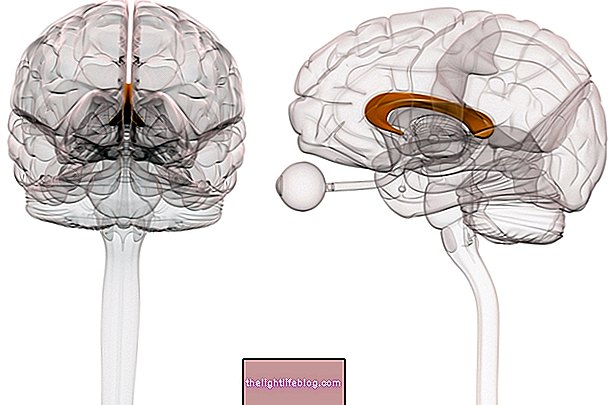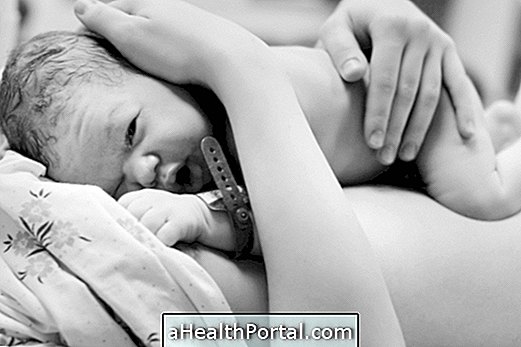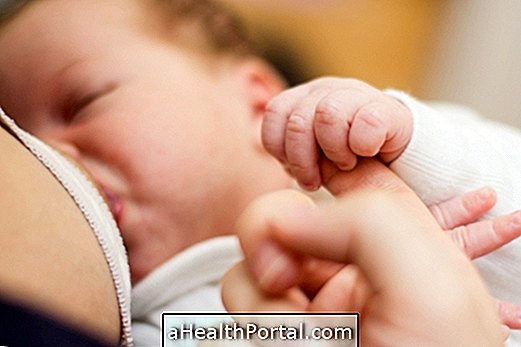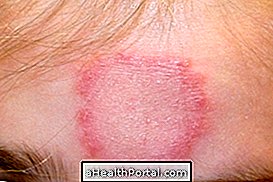Congenital diseases, also called genetic defects or genetic malformations, are changes that arise during the formation of the fetus, during pregnancy, which can end up affecting any tissue in the human body, such as bones, muscles or organs. These types of changes usually result in incomplete development, which ends up affecting the aesthetics and even the correct functioning of various organs.
A good part of the congenital diseases can be identified already in the first 3 months of pregnancy, being diagnosed by the obstetrician during the prenatal period or by the pediatrician during the 1st year of life. However, there are also some cases in which the genetic alteration affects later capacities, such as speaking or walking, or that needs very specific tests to be identified, eventually being diagnosed later.
In cases of very serious congenital diseases, which prevent the baby's survival, a miscarriage may occur at any time during pregnancy, although it is more common during the first half of pregnancy.

What causes a congenital disease
Congenital diseases can be caused by genetic alterations or by the environment where the person was conceived or generated, or by the combination of these two factors. Some examples are:
- Genetic factors:
Changes in chromosome in relation to number, as in the 21 trisomy popularly known as Down syndrome, mutant genes or changes in chromosome structure, such as fragile X syndrome.
- Environmental factors:
Some changes that can lead to a birth defect are the use of medications during pregnancy, infections by the virus cytomegalovirus, toxoplasma and treponema pallidum, exposure to radiation, cigarettes, excess caffeine, excessive alcohol consumption, contact with heavy metals such as lead, cadmium or mercury, for example.
Types of birth defects
Birth defects can be classified according to their type:
- Structural anomaly: Down syndrome, Defect in the formation of the neural tube, cardiac changes;
- Congenital infections: Sexually transmitted diseases such as syphilis or chlamydia, toxoplasmosis, rubella;
- Alcohol consumption: Fetal alcohol syndrome
The signs and symptoms of a genetic malformation are generally classified according to the Syndrome that causes the specific defect, some are more common such as:
- mental disability,
- flattened or absent nose,
- cleft lip,
- rounded soles,
- very elongated face,
- very low ears.
The doctor can identify a change during the ultrasound examination in pregnancy, observing the appearance of the baby at birth or by observing certain characteristics and after the result of specific tests.
How to prevent
It is not always possible to prevent a birth defect because changes may happen that are beyond our control, but doing prenatal care and following all medical guidelines during pregnancy is one of the precautions that must be taken to reduce the risk of fetal complications.
Some important recommendations are not to take medication without medical advice, not to consume alcoholic beverages during pregnancy, not to use illicit drugs, not to smoke and to avoid being close to places with cigarette smoke, to eat healthy foods and to drink at least 2 liters of water a day .
Was this information helpful?
Yes No
Your opinion is important! Write here how we can improve our text:
Any questions? Click here to be answered.
Email in which you want to receive a reply:
Check the confirmation email we sent you.
Your name:
Reason for visit:
--- Choose your reason --- DiseaseLive betterHelp another personGain knowledge
Are you a health professional?
NoMedicalPharmaceuticalsNurseNutritionistBiomedicalPhysiotherapistBeauticianOther
























